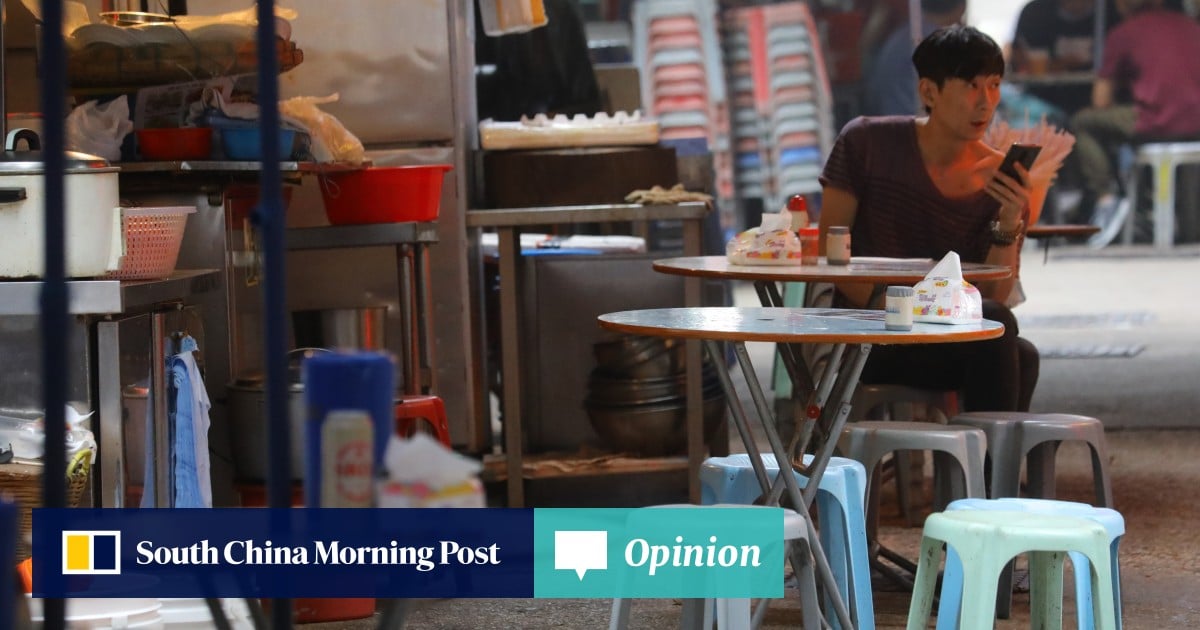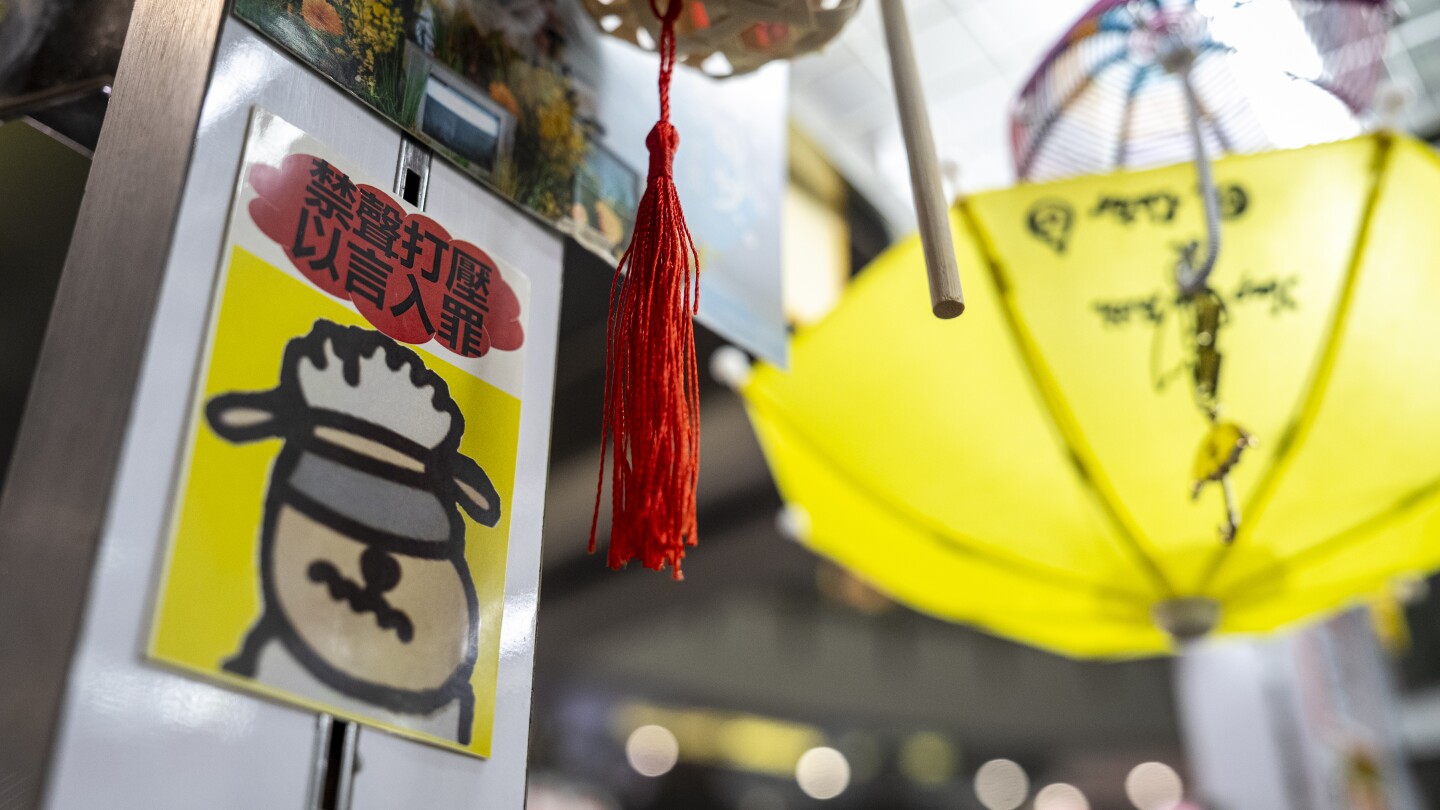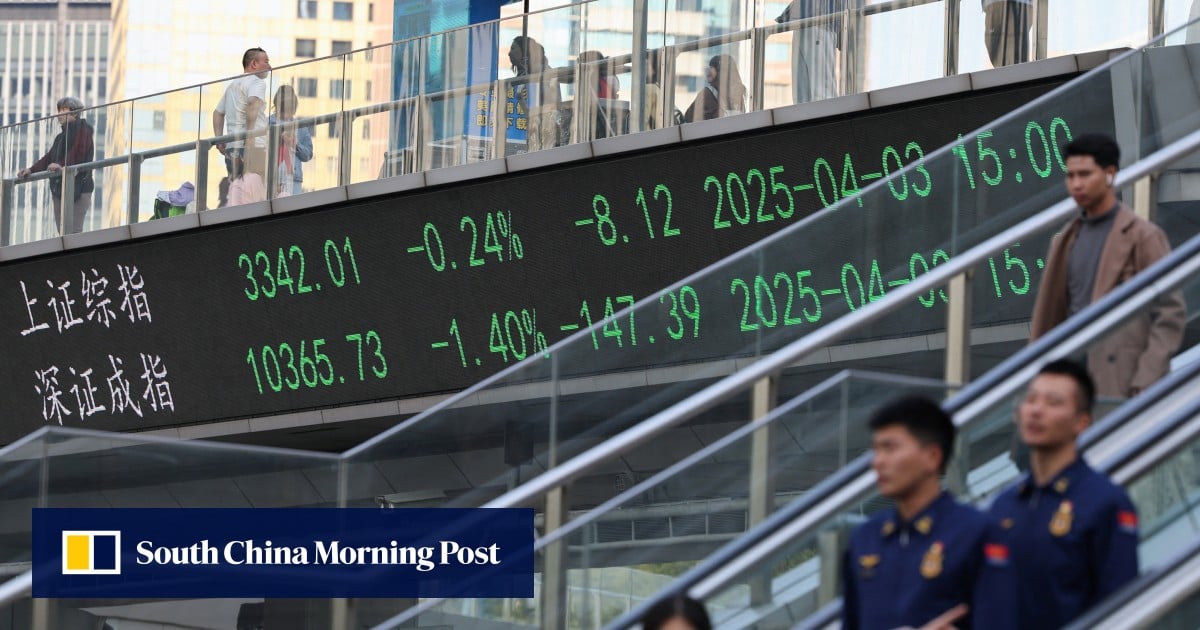This spring
, In the Mood for Love is
once again flickering on cinema screens in Hong Kong. More than two decades on, Wong Kar-wai’s film has lost none of its glow. A meditation on time, restraint and unspoken desire, it quietly signals that Hong Kong once moved to a different rhythm.
It is tempting to read this re-release as political, especially in a city where cultural memory has become a muted form of dissent. In truth, the film captures not the colonial past but the emotional present. What draws people to Wong’s work is not nostalgia – rather, it’s atmosphere, mood or the slow, deliberate pacing of life.
Much of In the Mood for Love was filmed in Bangkok, a location chosen not for strict accuracy but for its ability to evoke a Hong Kong that no longer physically existed. That choice says everything: Wong is not archiving the past; he is conjuring up its emotional temperature and memories of fleeting spaces.
With projects such as his television series
Blossoms Shanghai and his curatorial work for the Prada restaurant in Shanghai, Wong continues to shape mood. Though set in the 1990s,
Blossoms often evokes 1920s Shanghai through layered interiors and stained light. Wong insists that beauty does not belong in archives but in daily life: in stairwells, gestures and silence.
For the director, Shanghai and Hong Kong are not just cinematic backdrops but emotional landscapes. Born in one city and raised in the other, he embodies haipai – Shanghai style – a cross-cultural current flowing between the two cities. His films trace a rhythm once shared by the cities, carried by migration, commerce and memory.
Some of the world’s most influential business empires, from
China Merchants to
Jardine Matheson, are not just headquartered in Hong Kong, they were born or remade here. Many would have begun as modest ventures in a city that offered rare opportunities for growth at the edge of empires.
Source link
Visited 1 times, 1 visit(s) today


